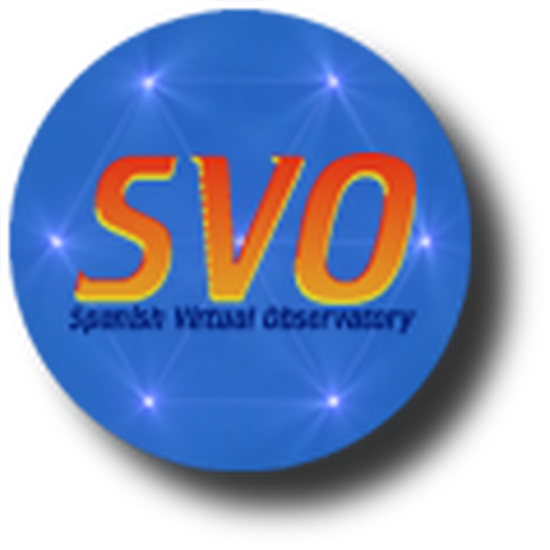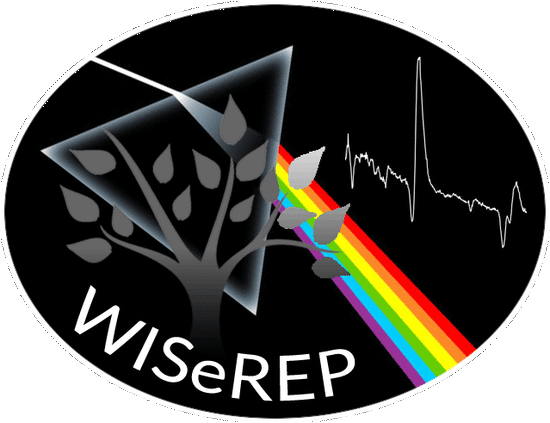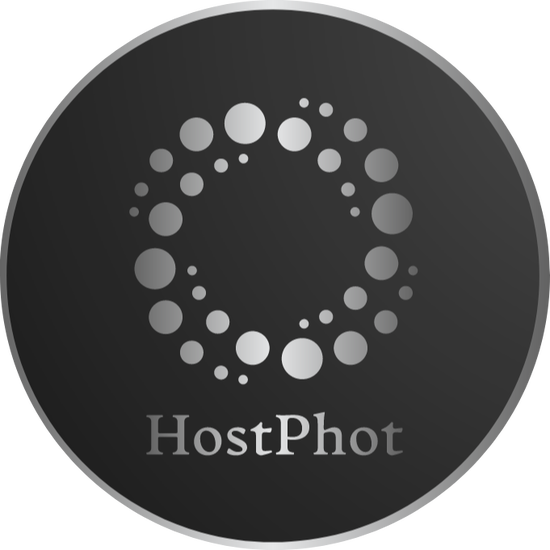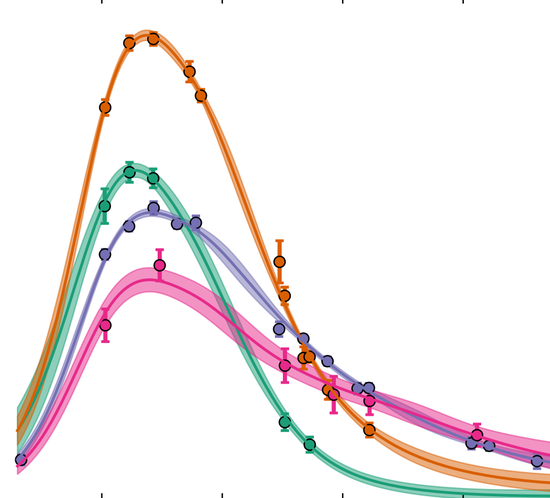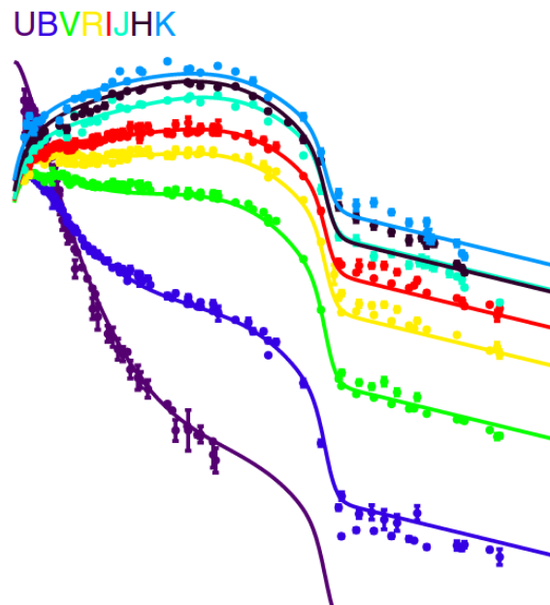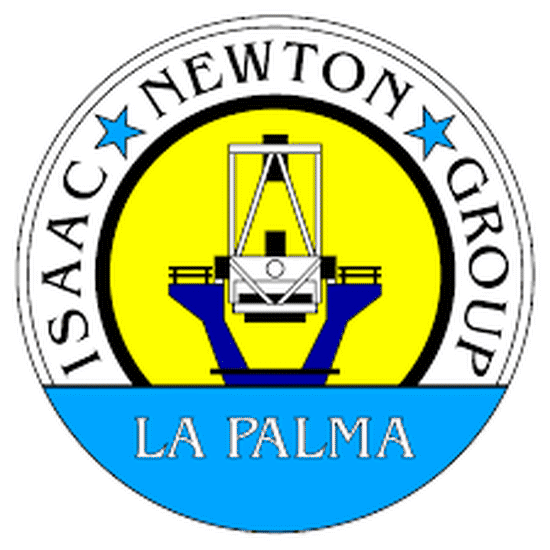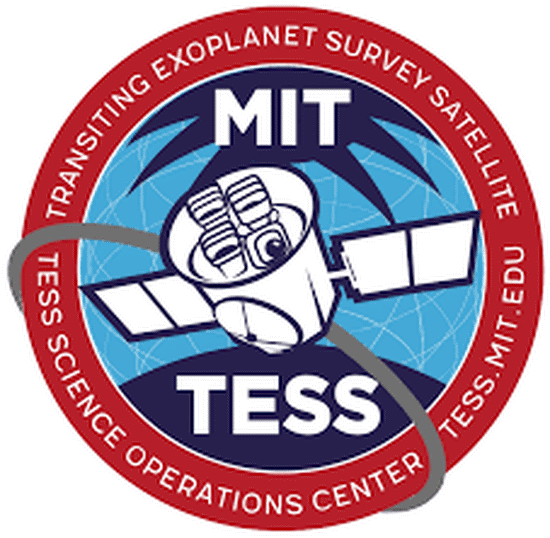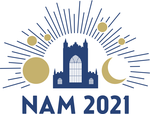About me
My interestes lie in supernovae as distance indicators (cosmology), the physics of supernovae (such as explosion mechanism and progenitors), and other stellar transients in general (e.g., kilonovae, tidal disruption events, etc.). I am also interested in machine learning and coding in Python.
I am the developer of the PISCOLA transient light-curve fitter and HostPhot for galaxy photometry, and I am an active member in collaborations such as ePESSTO+, POSIE, ZTF and SAINTS.
Currently, I am a research fellow at Trinity College Dublin (TCD) and previously was a postdoctoral researcher at the Institute of Space Sciences (ICE-CSIC) in Barcelona, Spain. At the moment, my work focuses on using type Ia supernovae with near-infrared data to test the current standard cosmological model as part of the Aarhus-Barcelona Flows project and SAINTS collaboration.
For more information, check my CV.
Interests
- Supernovae
- Cosmology
- Stellar Transients
- Data Science
- Surveys Science
Education
-
PhD in Astronomy, 2021
University of Southampton
-
MSc in Astrophysics, 2017
Pontificia Universidad Católica de Chile
-
BSc in Astronomy, 2015
Universidad de Chile
